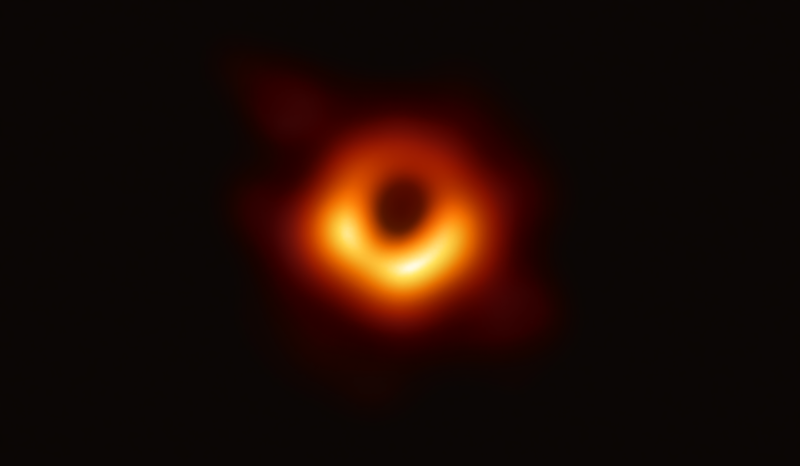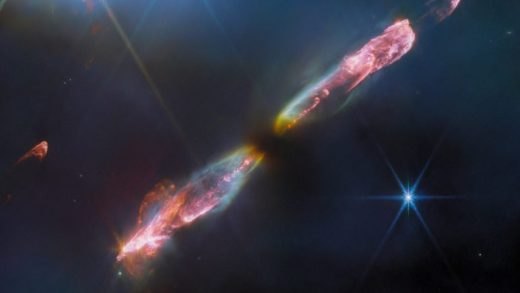Four earth-mass homeless planets found: Research

Researchers have discovered 4 earth-mass homeless planets near the center of our galaxy. In the discovery, which has been published in ‘Monthly Notices of the Royal Astronomical Society’, the researchers have said that the free-floating planets are of similar mass to Earth and do not have a host star.
Scientists say such rogue planets are the celestial objects, which have possibly been ejected from their star systems by the gravitational tug of heavier planets.
For the study, led by Iain McDonald of the University of Manchester, UK, researchers had used data obtained in 2016 during the K2 mission phase of NASA’s Kepler Space Telescope. During this two-month campaign, Kepler had monitored a crowded field of millions of stars near the center of our Galaxy every 30 minutes in order to find rare gravitational microlensing events.
As mentioned in the study, the team had found 27 short-duration candidate microlensing signals that varied over timescales of between an hour and 10 days. Most of the signals had been previously seen in data obtained simultaneously from the ground. But they say that the four shortest events are new discoveries that are consistent with planets of similar masses to Earth.
Even after being ejected out of their solar systems, previous research has suggested that rogue planets could hang onto nearly half their moons during the ejection process and potentially maintain conditions for life for billions of years.
The researchers had used microlensing technique for the discovery of the homeless planets.. This technique describes how the light from a background star can be temporarily magnified by the presence of other stars in the foreground. It produces a short burst in brightness that can last anywhere from a few hours to a few days.
Auto Amazon Links: No products found.


